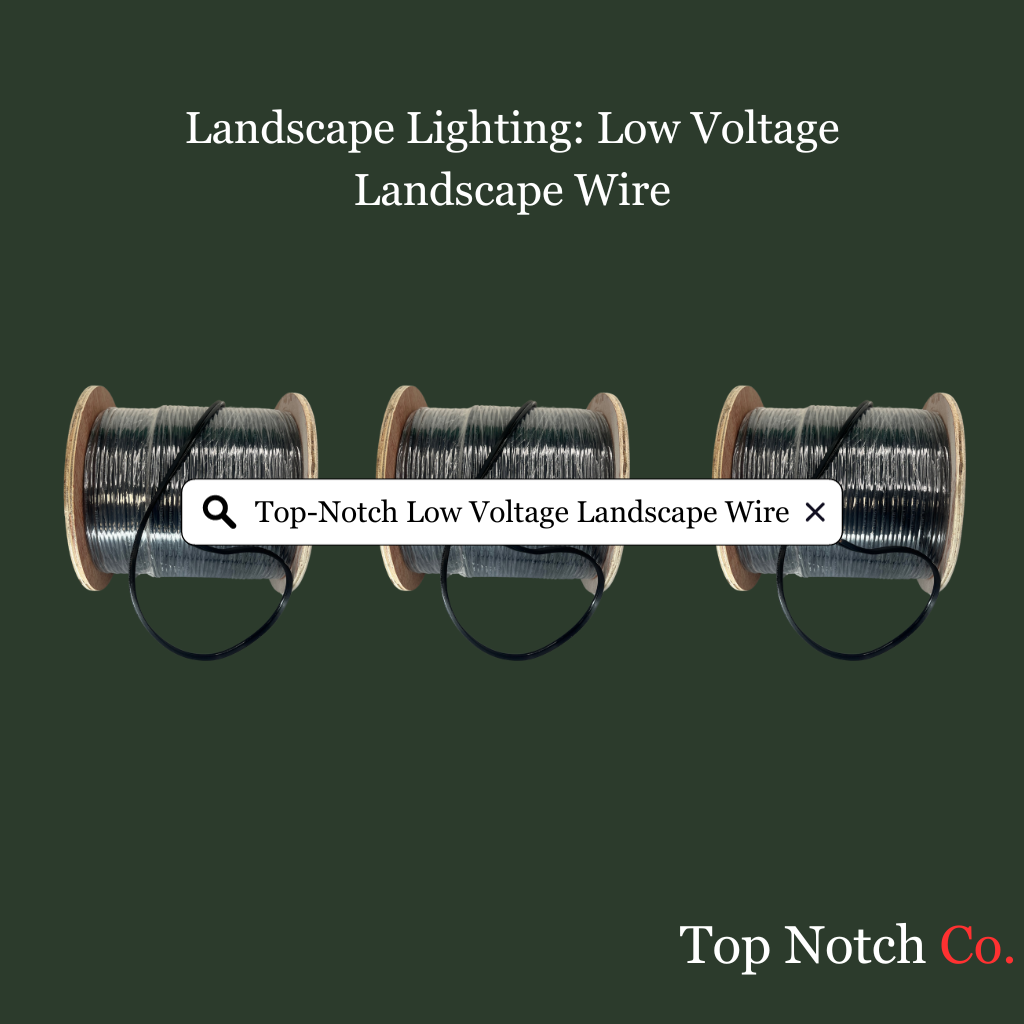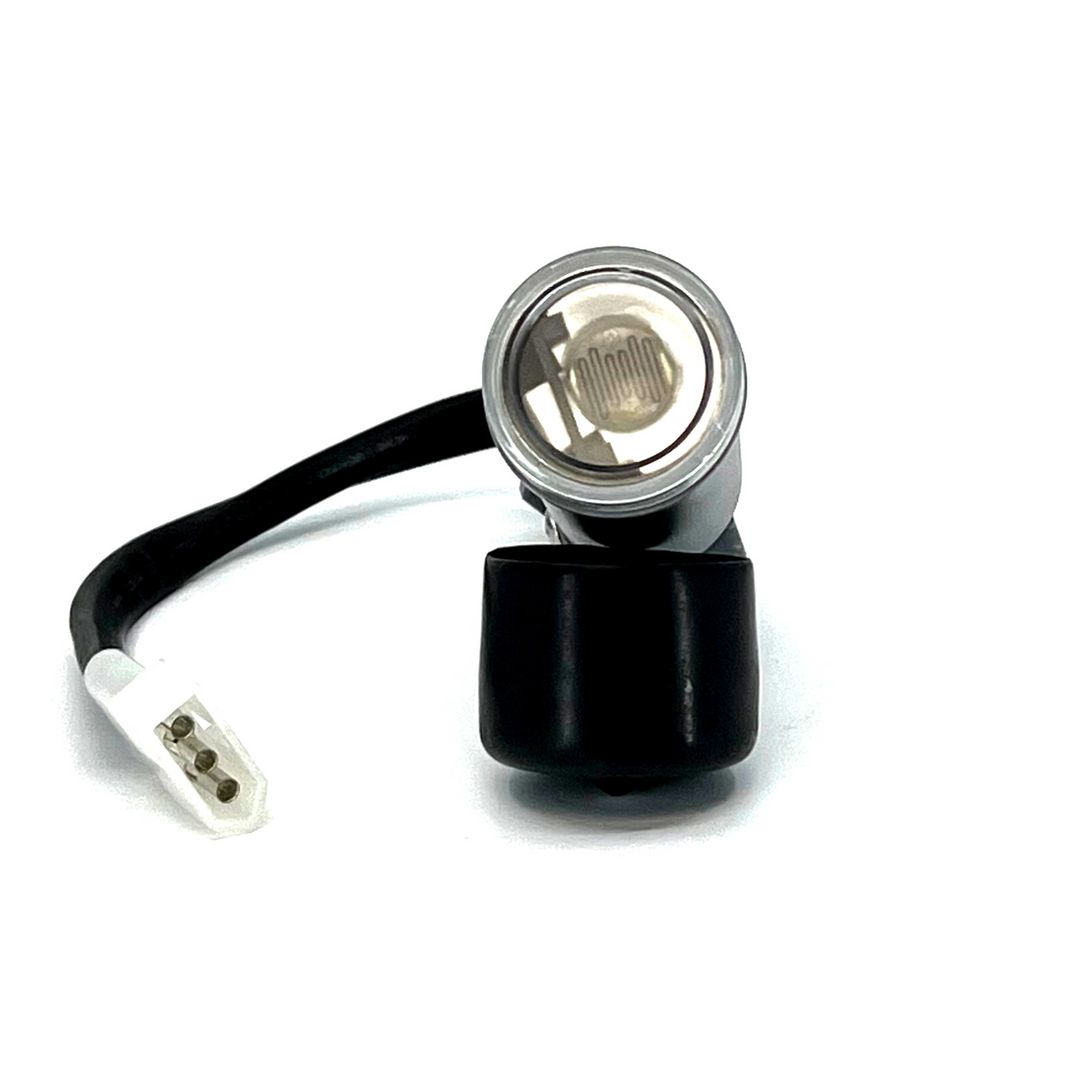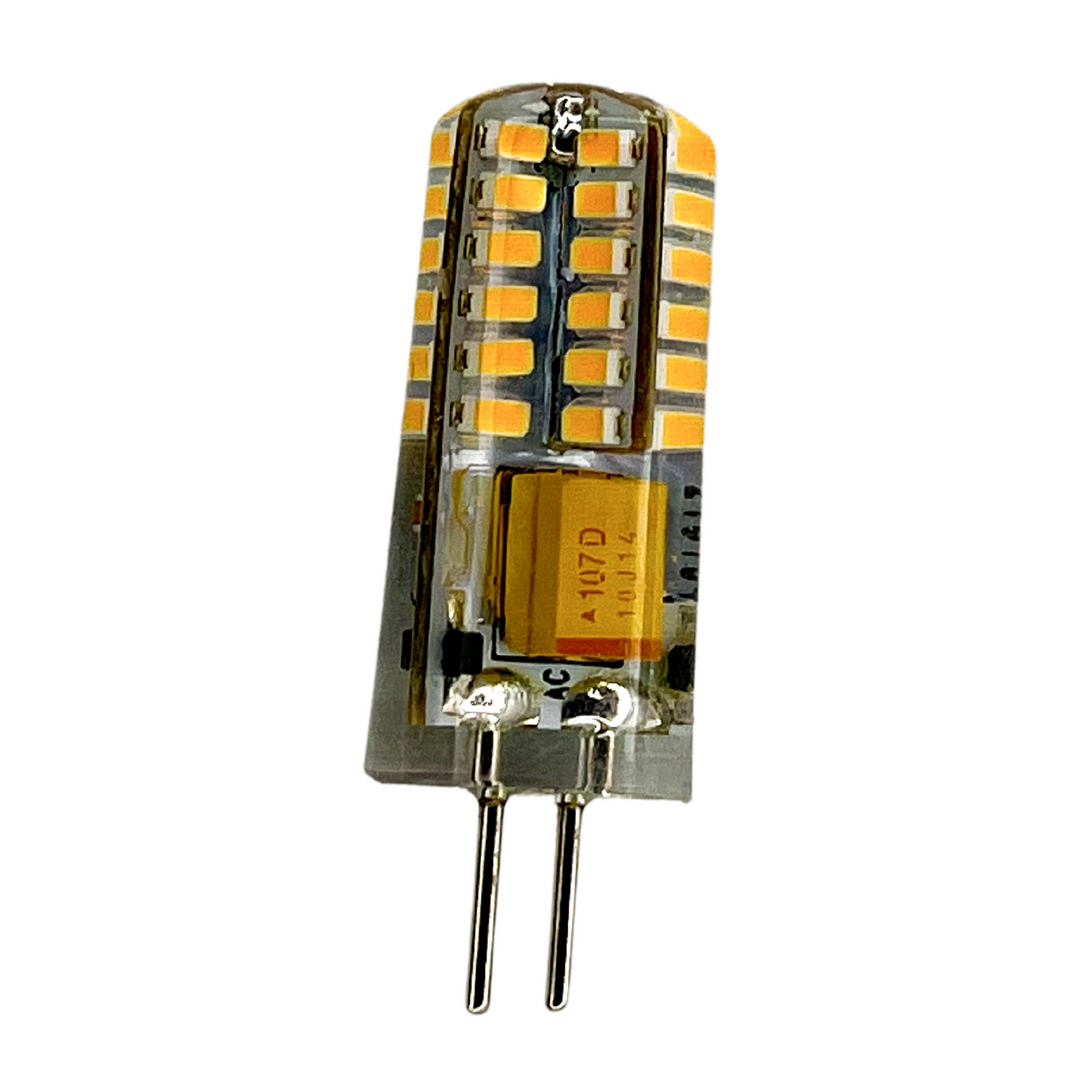
Landscape Lighting: Low Voltage Landscape Wire
|
|
Time to read 5 min
Landscape lighting is an excellent way to improve the appearance of your outdoor space while also improving home safety. When designing a landscape lighting system, the type of Low Voltage Landscape Wire used to connect your fixtures is an important consideration. Low Voltage Landscape Wire is a popular option due to its affordability, ease of installation, and safety.
In this blog post, we'll delve into the advantages of using Low Voltage Landscape Wire and provide some helpful tips on how to install it correctly. Whether you're a DIY enthusiast or a professional landscaper, this information is essential for anyone aiming to elevate their outdoor lighting.
Understanding Low Voltage Landscape Wire
Low Voltage Landscape Wire is an essential component in modern outdoor lighting systems, designed to power lights at a much safer, lower voltage than typical household wiring. Operating usually at around 12 volts, as opposed to the standard 120 volts in household circuits, it offers a significant safety advantage, especially in outdoor environments where water and electrical equipment can often mix. This feature makes it an ideal choice for garden, pathway, and accent lighting in residential and commercial settings. Its low voltage nature not only minimizes the risk of electrical shock but also contributes to energy efficiency.
Specifications and Features
TheLow Voltage Landscape Wire used for low voltage landscaping is available in different gauges, with 12-gauge and 16-gauge being the most common. The gauge number is a critical factor, indicating the wire's thickness - a lower gauge number signifies a thicker Low Voltage Landscape Wire. Thicker wires are essential for longer distance electrical runs as they help minimize voltage drop, ensuring that lights positioned far from the power source receive sufficient power. These wires are also built to withstand harsh outdoor conditions, coated with durable materials like PVC to resist moisture, temperature fluctuations, and physical damage. Additionally, the insulation and sheathing of these wires are designed to protect against UV radiation, an important consideration in outdoor environments where the Low Voltage Landscape Wire is exposed to sunlight.
Applications and Benefits
Low Voltage Landscape Wire are primarily used in outdoor lighting applications. This encompasses a range of lighting types, including pathway lights, spotlights, deck lights, and accent lighting. These systems are not just aesthetic additions; they play a crucial role in enhancing security by illuminating dark corners, increasing curb appeal, and extending the usability of outdoor areas after sunset. The low voltage system, being safer and more energy-efficient than traditional high voltage systems, is a cost-effective choice in terms of both energy consumption and installation. It's also simpler to install, as it usually does not require the same stringent safety standards and procedures needed for high voltage electrical work, making it a more accessible option for DIY enthusiasts.
Types of Low Voltage Landscape Wire
There are primarily two types of Low Voltage Landscape Wire: stranded and solid. Stranded wire, composed of several small wires twisted together, is more flexible and easier to work with, especially in landscapes with lots of turns and bends. Solid wire, on the other hand, is a single, solid strand that offers a more stable and consistent connection but is less flexible. The choice between stranded and solid wires depends heavily on the specific requirements of the landscape and the installation process. Some landscapers prefer using a combination of both, using stranded wire for areas requiring more flexibility and solid wire for straightforward, direct runs.
Installation Tips and Best Practices
Installing low voltage landscape wiring can be a manageable task for most DIY enthusiasts, but it requires careful planning and some basic electrical knowledge. Important considerations include mapping out the lighting design beforehand to determine the total length of Low Voltage Landscape Wire needed. Key tips include:
1. Planning: Map out where the lights will go and determine the total length of Low Voltage Landscape Wire needed.
2. Choosing the Right Gauge: For longer runs, opt for a lower gauge wire to minimize voltage drop.
3. Direct Burial: Most Low Voltage Landscape Wire are designed for direct burial, meaning they can be laid directly in the ground. However, using a protective conduit is recommended for added safety.
4. Connecting to the Transformer: Ensure the Low Voltage Landscape Wire is properly connected to a low voltage transformer, which converts standard voltage to low voltage.
5. Waterproof Connectors: Use waterproof wire connectors to ensure the connections are safe from moisture and other environmental factors.
Environmental Impact and Sustainability
Low voltage landscape wiring is a positive step towards environmental sustainability. By utilizing less energy, these systems significantly reduce the carbon footprint associated with outdoor lighting. Many low voltage systems are compatible with LED lights, which are known for their superior energy efficiency and longevity compared to traditional lighting options. This compatibility further enhances the environmental benefits of low voltage landscape lighting. Additionally, the reduced energy consumption translates to lower electricity bills, making it an economically and environmentally sustainable option. The use of durable materials in the manufacturing of these Low Voltage Landscape Wire also ensures a longer lifespan, reducing the need for frequent replacements and further contributing to sustainable practices.
Cost-Effectiveness and Value Addition
Low voltage landscape wiring stands out for its cost-effectiveness. While the initial investment in the Low Voltage Landscape Wire lighting fixtures, and transformer might be higher than that for standard lighting systems, the long-term energy savings are substantial. These systems are not only cheaper to run but also often simpler and less expensive to install, especially when homeowners opt for DIY installation. Moreover, the aesthetic and practical benefits of well-designed landscape lighting can significantly enhance a property's value and appeal. This improvement in curb appeal can be particularly beneficial for homeowners looking to increase their property's market value. Thus, investing in low voltage landscape lighting is not just an aesthetic choice but also a financially savvy one.
Safety Considerations
Although low voltage systems are inherently safer than their high voltage counterparts, adhering to basic safety practices during installation and maintenance is crucial. It's important to always turn off the power source when working on the lighting system. Regular checks for damaged wires or connections, particularly after extreme weather conditions, are essential to maintain the system's safety and functionality. Furthermore, while low voltage systems reduce the risk of severe electrical shock, they are not entirely devoid of electrical hazards, especially when improperly handled or installed. Therefore, it's advisable for those unfamiliar with electrical systems to consult with or hire a professional electrician for installation and major repairs.
Final thoughts
Low Voltage Landscape Wire is a versatile, safe, and energy-efficient choice for outdoor lighting. It offers a range of benefits, including ease of installation, cost-effectiveness, and enhanced aesthetic appeal. By understanding the specifications, types, and best practices for installation, homeowners and landscapers can create beautifully illuminated outdoor spaces that are both functional and environmentally friendly.











